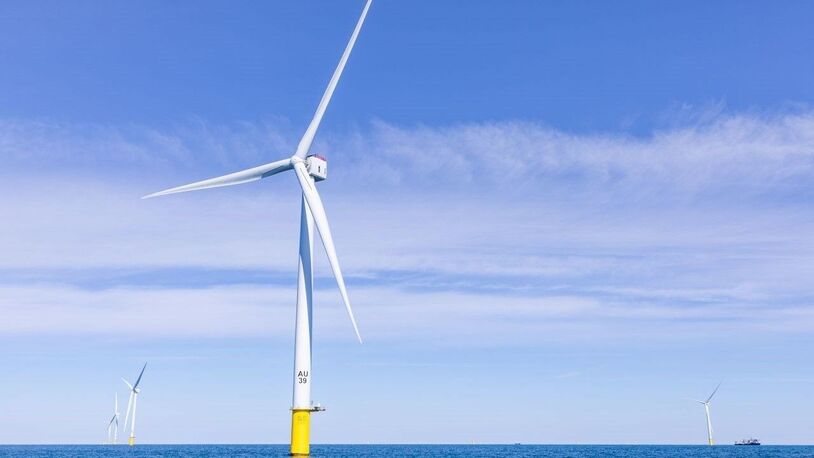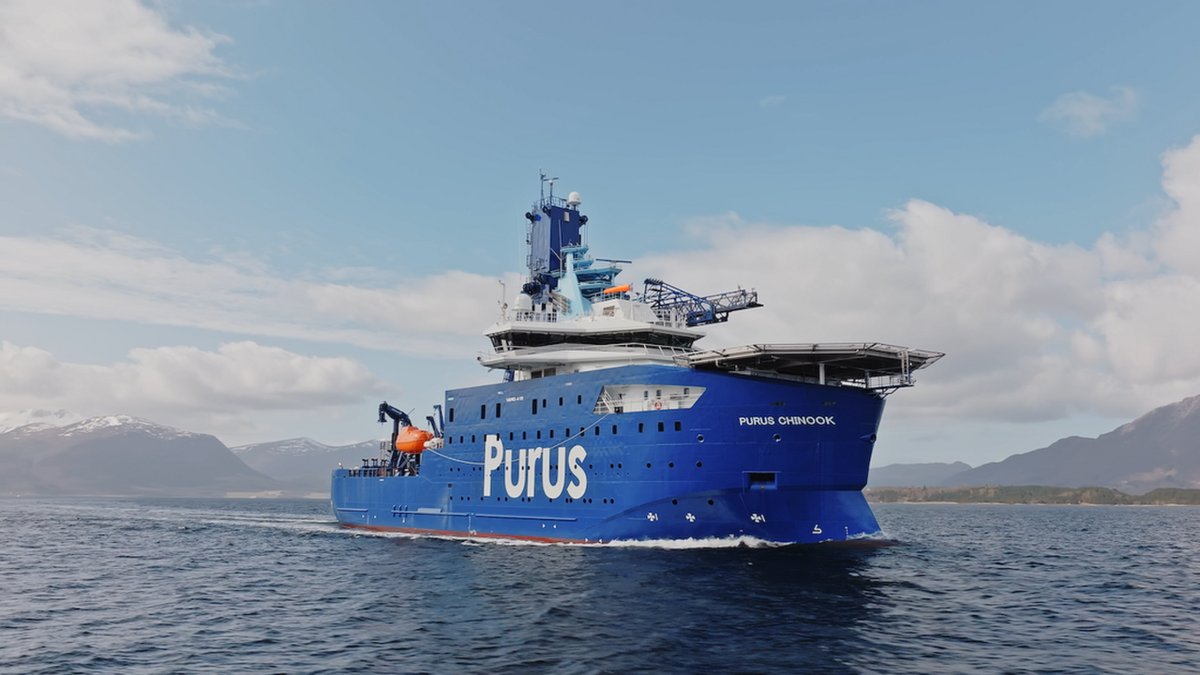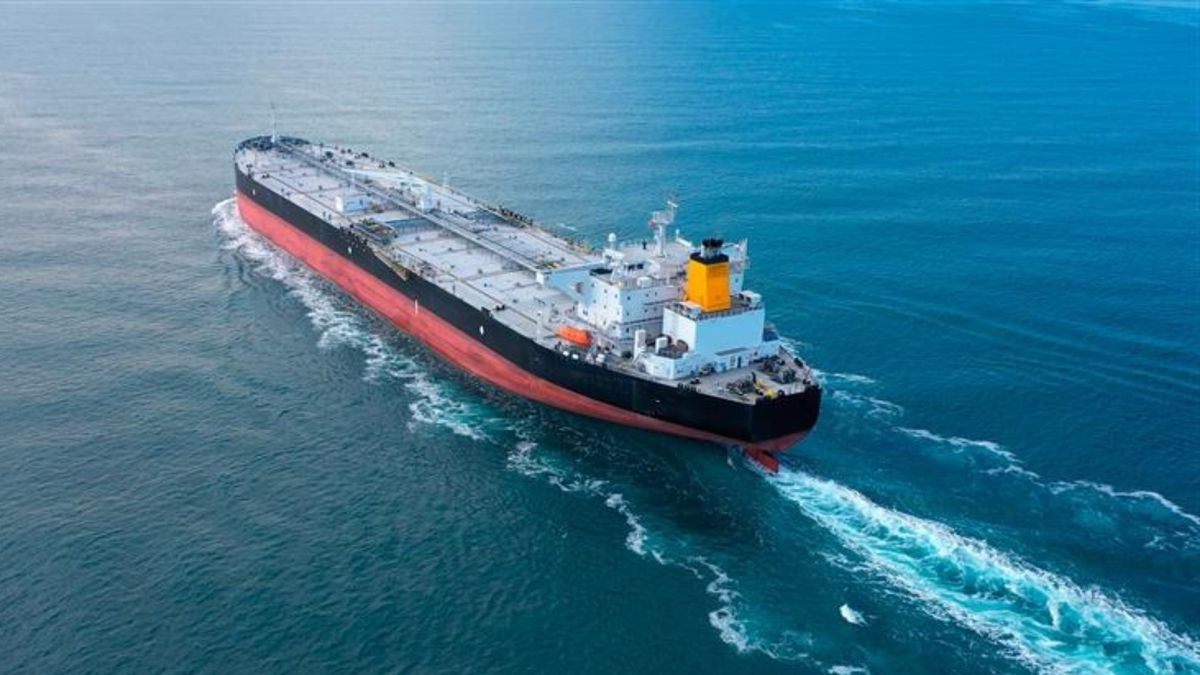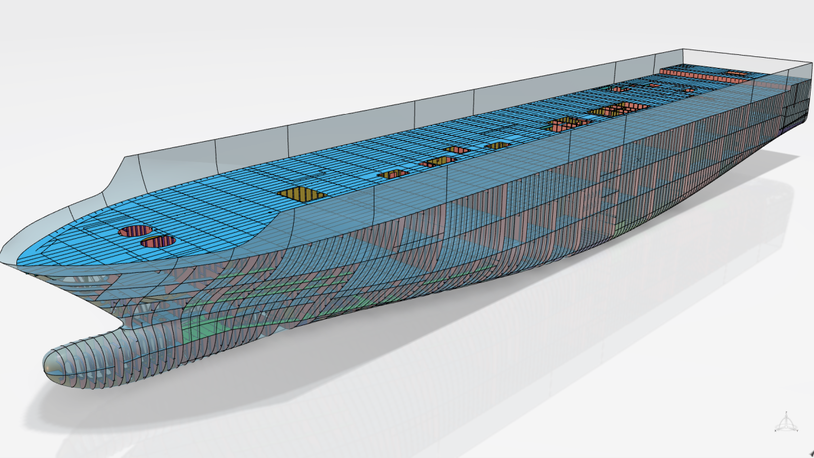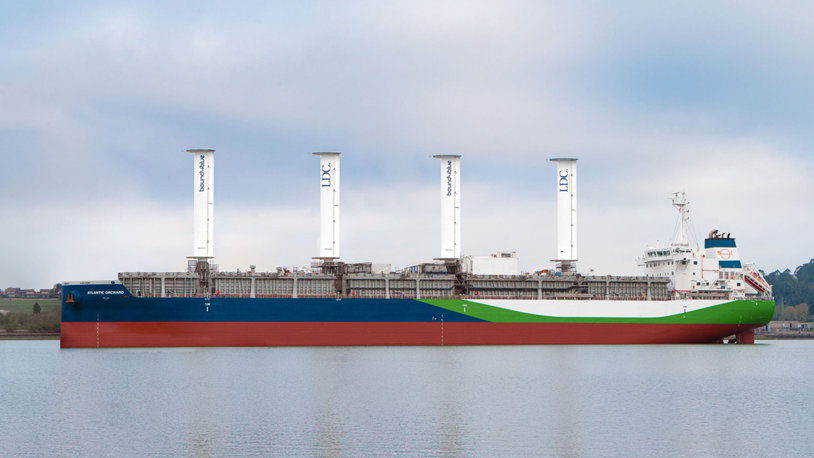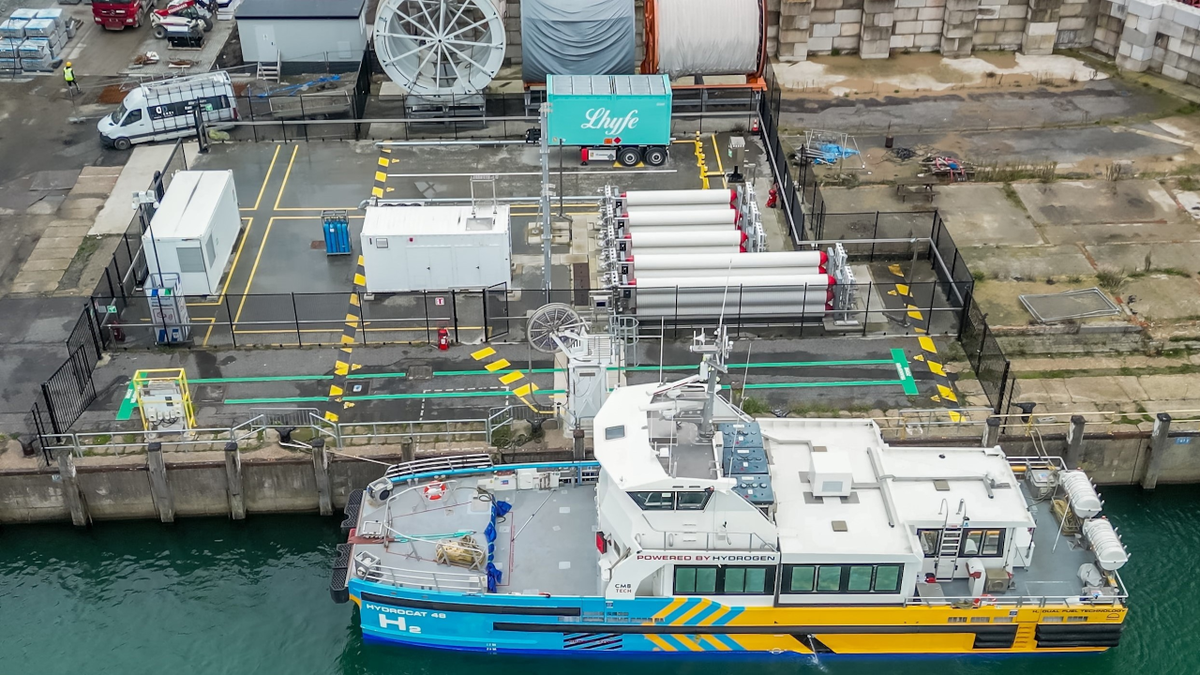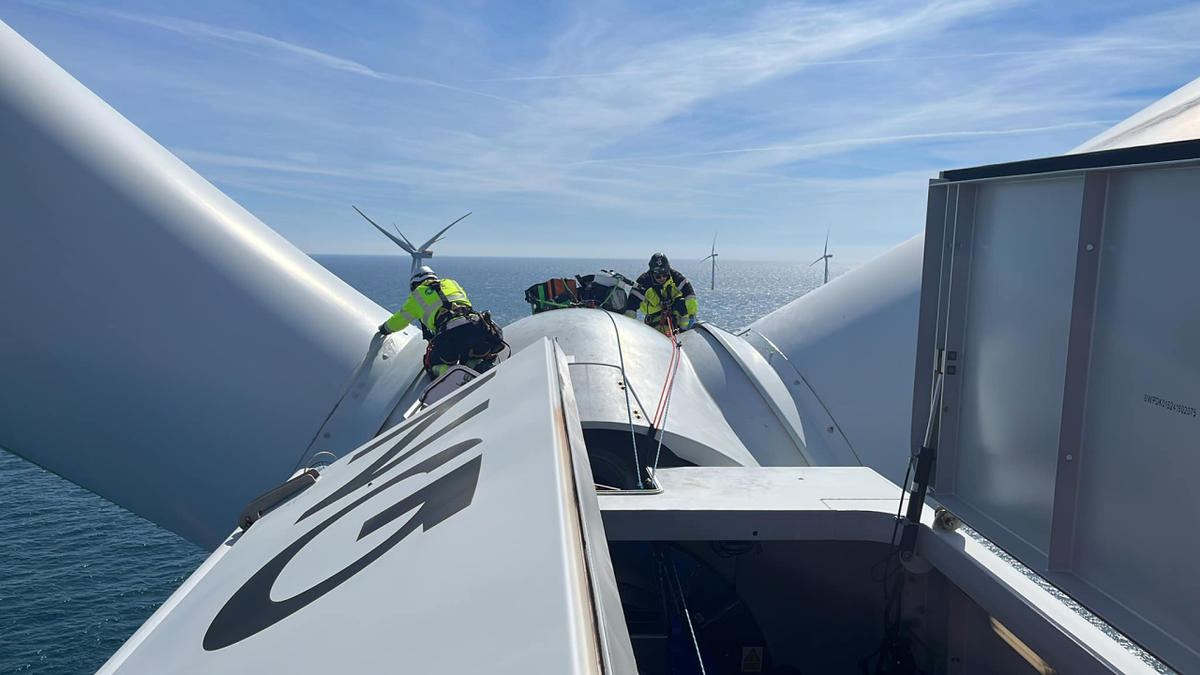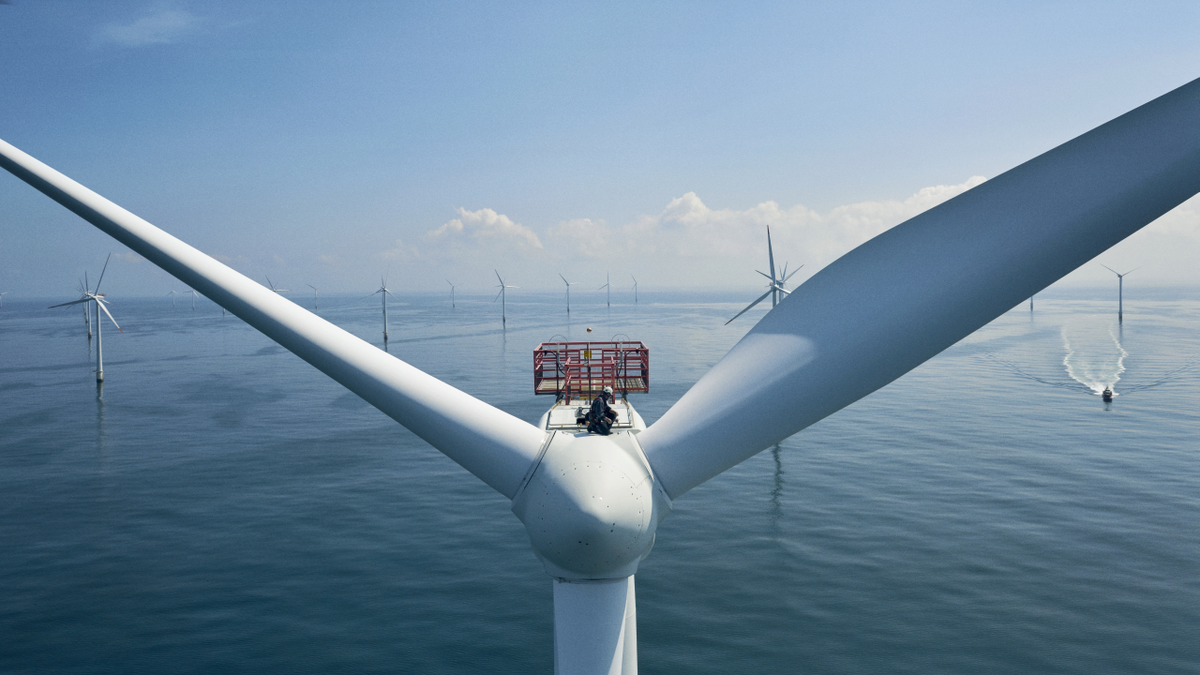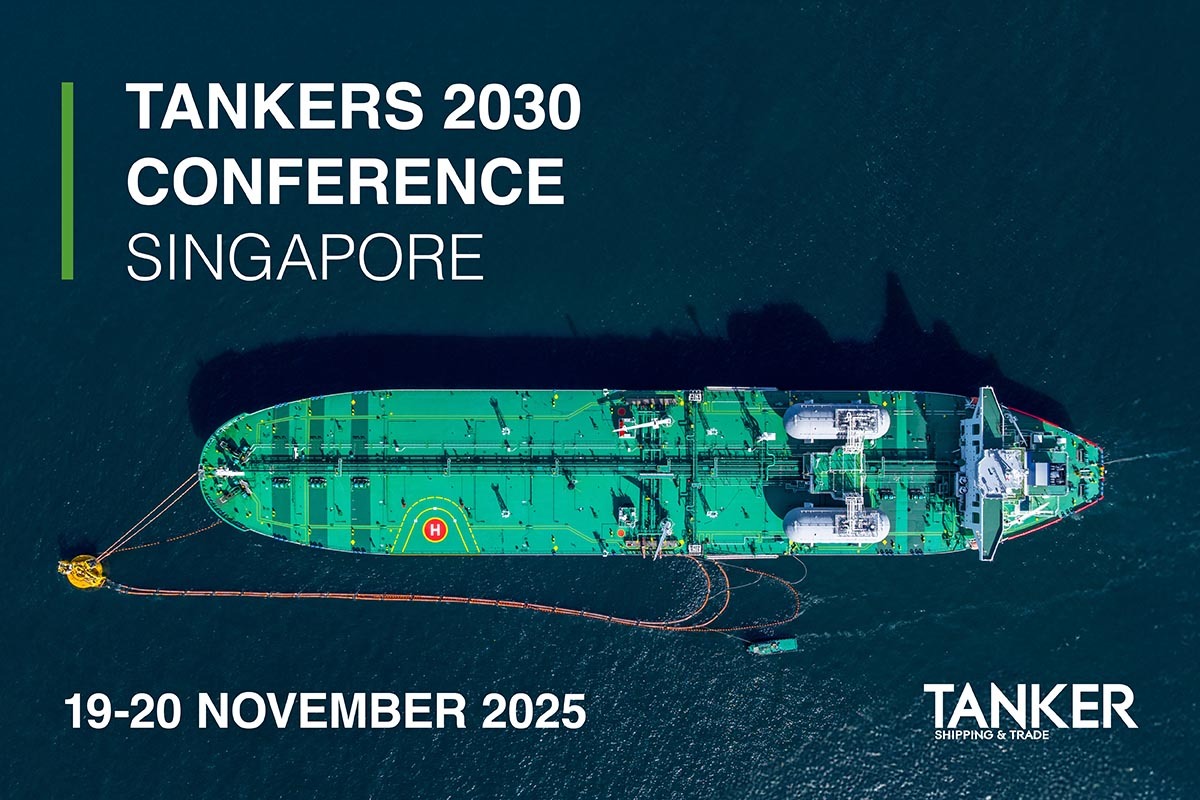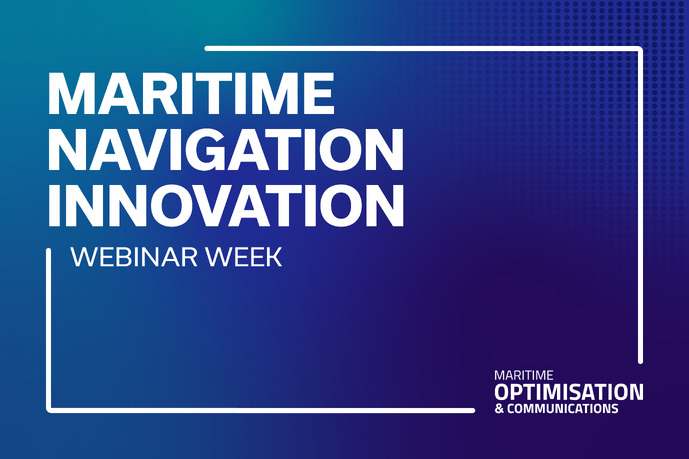Business Sectors
Contents
Register to read more articles.
US offshore wind market growing strongly, despite headwinds and higher costs
The latest report from the National Renewable Energy Laboratory (NREL) on the offshore wind market shows the pipeline of projects in the US grew strongly in the last year, despite major challenges
The 2024 Offshore Wind Market Report from the NREL says the US offshore wind project pipeline grew by 53%, to more than 80 GW, despite the adverse effects of inflation and project cancellations.
The US had 4.097 GW under construction as of 31 May 2024, comprising three projects: Vineyard Wind 1 (806 MW), Revolution Wind (704 MW), and Coastal Virginia Offshore Wind (2.587 GW). This is an increase of more than 300% from the 938 MW under construction reported in the Offshore Wind Market Report 2023 Edition.
Notable additions to the US pipeline include eight proposed lease areas in the Gulf of Maine, which provided 15.702 GW of pipeline growth, two proposed lease areas in the mid-Atlantic that provided 4.499 GW, two proposed lease areas off the coast of Oregon provided 3.156 GW, and four proposed lease areas in the Gulf of Mexico added 6.638 GW. A research lease area in the Gulf of Maine contributed 144 MW in potential capacity to the US pipeline.
The US floating offshore wind market has approximately 25.116 GW in the pipeline as of 31 May 2024, which includes lease areas and proposed lease areas on the West and East Coasts. Of the 25.116 GW floating total, 6.042 GW of floating offshore wind potential are in the ‘site control’ phase following the December 2022 auction of five lease areas in California. The remaining 19.074 GW are in the planning phase, including the Gulf of Maine where a May 2024 proposed sale notice published by the Bureau of Ocean Energy Management (BOEM) identified eight floating offshore wind energy lease areas for an auction planned in October 2024.
On 24 April 2024, US Secretary of the Interior Deb Haaland announced a new BOEM leasing plan through 2028, with seven of the 12 new proposed offshore wind energy auctions in deep water suited for floating offshore wind technology.
BOEM significantly advanced leasing in 2024 and held a competitive lease auction in August 2023 for the Gulf of Mexico and awarded one lease area. New lease activity has advanced in four regions where proposed sale notices have been issued, and lease areas are being prepared for auction in 2024. The proposed wind energy lease sales in 2024 included the recently completed Central Atlantic sale, coast of Oregon (planned for October 2024) and Gulf of Maine (October 2024).
Eight states have set procurement mandates that total 45.730 GW of offshore wind capacity by 2040 and the US offshore wind market continues to be driven by state-level offshore wind procurement, planning activities and energy policies. Five other states have set formal planning targets that, when combined with the state mandates, total 115.130 GW.
While planning goals do not require agencies to take direct action for offshore wind, procurement mandates are statutory requirements for the state to achieve a predetermined quantity of offshore wind generation on a scheduled timeline.
As of 31 May 2024, 15 contracts to purchase 12.378 GW of electricity from offshore wind power plants have been signed. Multiple state procurements were open as of 31 May 2024. This total does not include projects for which offtake agreements have been cancelled.
On 22 March 2024, the Internal Revenue Service issued guidance that updated the eligibility criteria for offshore wind projects seeking the Energy Communities Bonus Credit passed under the Inflation Reduction Act. Offshore wind projects with multiple points of interconnection may benefit from bonus credits if they locate any power conditioning and transfer equipment at one of their points of interconnection within an energy community. Also, projects may now qualify for bonus credit benefits if their supervisory control and data acquisition system is situated at an ‘eligible project port’ within an energy community.
NREL estimates that US$10Bn has been announced or invested in the US offshore wind supply chain since the beginning of 2021. This figure includes US$2.1Bn in 2023 alone for port development, vessel orders, workforce development, research and other supply chain investments. The National Renewable Energy Laboratory estimates that an investment of at least US$22Bn in ports, large installation vessels and major manufacturing facilities will be needed to establish the US offshore wind supply chain.
As NREL also noted, in 2023, increased costs driven by macroeconomic pressures, market volatility, and limited hedging made many projects with existing fixed-price power offtake contracts financially non-viable. Rising interest rates, supply chain constraints and higher commodity prices in 2021–2023 led to higher offshore wind costs globally and in the US, it said.
Rising costs affected US projects planned for commercial operation between 2023 and 2026 the most, because of a lag of at least 1-3 years between supply chain orders and the start of commercial operations. Projects planned for later commercial operation might be less affected because of the actions taken at the state and federal levels and may have time to wait for macroeconomic conditions to return to prior levels.
NREL said reporting by consultancies and research entities suggests an unsubsidised levelised cost of energy for a hypothetical, commercial-scale offshore wind project in the US of US$125/MWh in 2023. The same sources report a wide range of US$75 MWh to US$149 MWh across scenarios, due to, for example, favourable siting conditions, closer proximity to port and grid infrastructure, varying financing assumptions and other factors. These costs represent an average increase of more than 45% when compared to the 2023 edition of the NREL report.
As a result of these challenges, eight projects cancelled offtake contracts: SouthCoast Wind 1, New England Wind 1 and 2, Empire Wind 2, Beacon Wind 1, Ocean Wind 1 and 2, and Skipjack Wind. Challenges such as cost increases driven by inflation and rising interest rates impacted developers with signed offtake agreements who were attempting to bring projects online before 2030.
However, states have quickly responded to economic headwinds and power contract cancellations. Most have reaffirmed their original offshore wind commitments and timelines. Multiple states have restructured their procurement strategies and opened new solicitation rounds to enable cancelled projects to rebid with updated offtake prices, such as by introducing inflation indexing. Most projects with cancelled offtake agreements are still in active development and are seeking new offtake opportunities.
Sign up for Riviera’s series of technical and operational webinars and conferences:
- Register to attend by visiting our events page.
- Watch recordings from all of our webinars in the webinar library.
Related to this Story
Events
International Bulk Shipping Conference 2025
Tankers 2030 Conference
Maritime Navigation Innovation Webinar Week
© 2024 Riviera Maritime Media Ltd.


